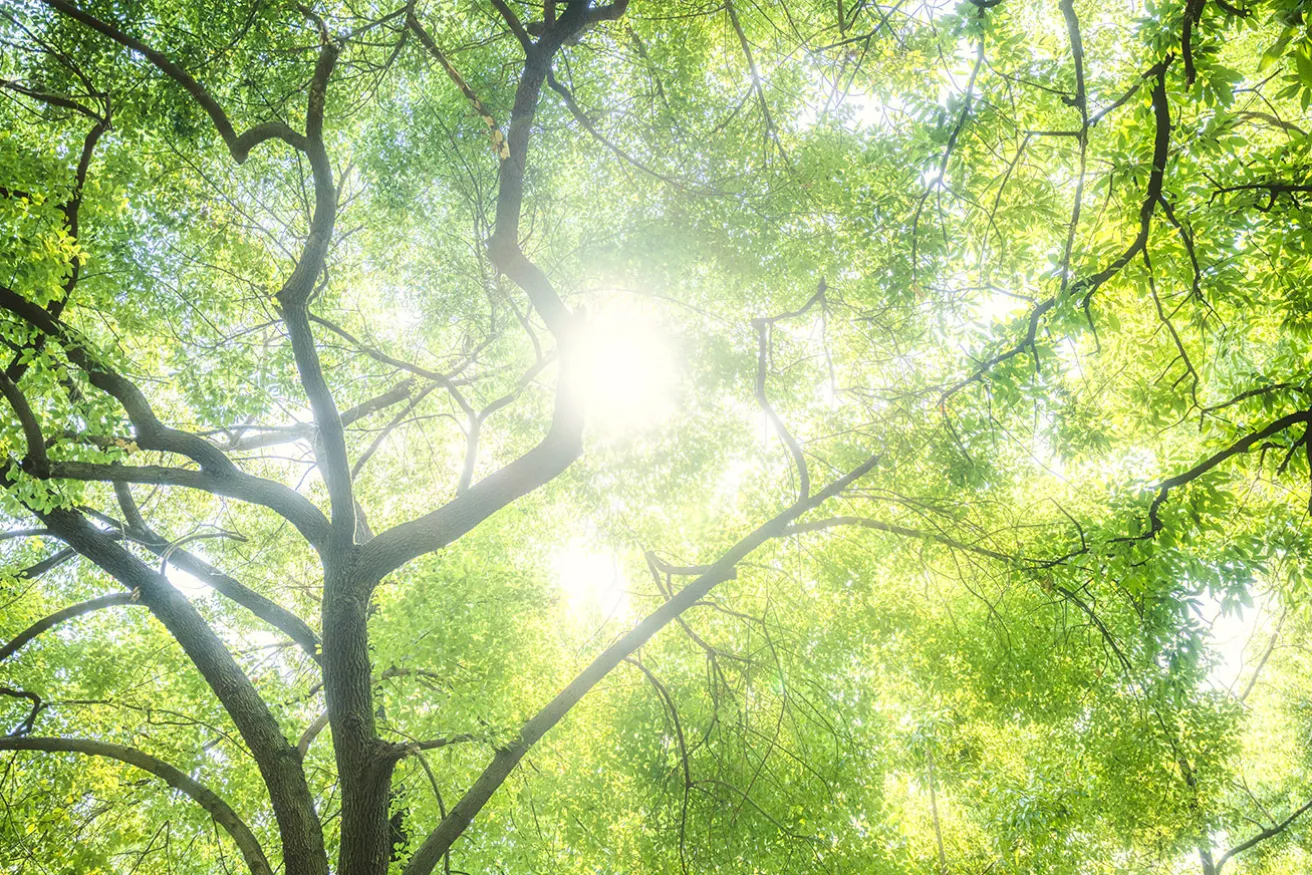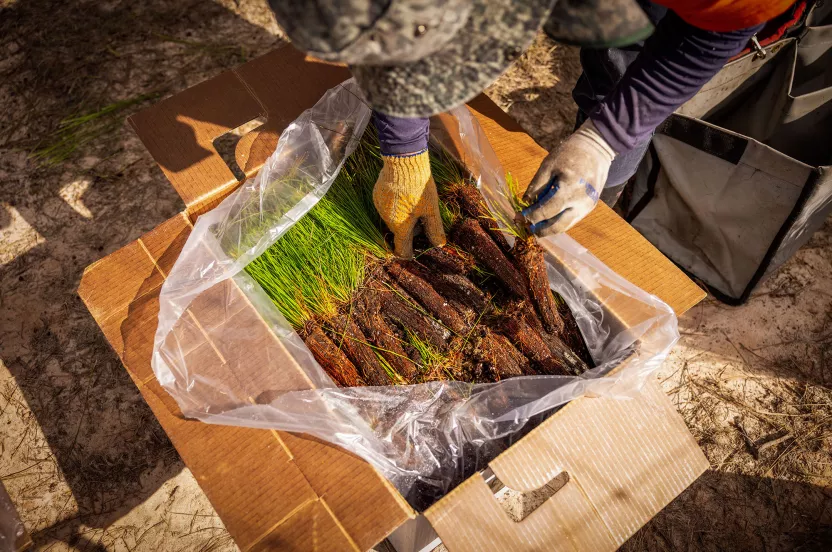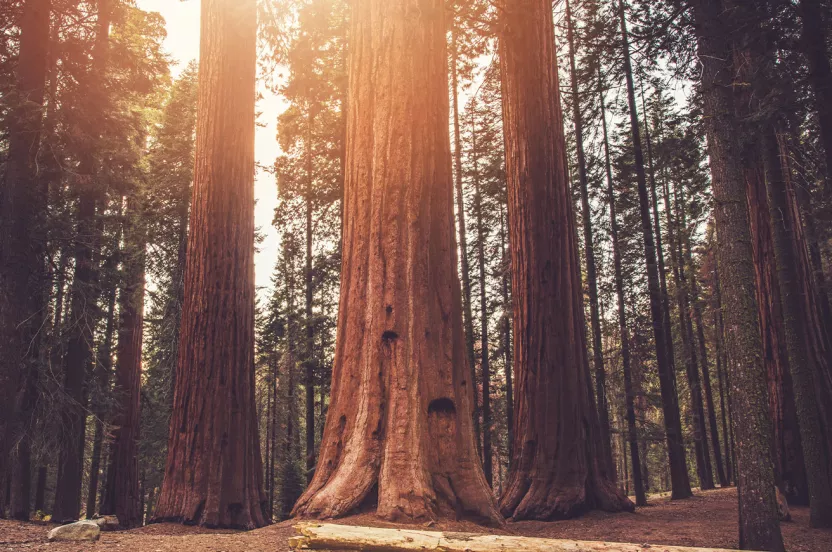The Arbor Day Foundation is pledging 10 million trees to areas impacted by hurricanes Helene, Milton Help us replant
Helping Your Trees Beat the Heat
How do trees manage that heat, and how can homeowners help their trees continue to thrive?
June 3, 2024

Hotter summer temps are here.
Unlike many people, however, trees can’t head into the air conditioning or float in the pool when the midday heat arrives. So how do trees manage that heat, and how can homeowners help their trees continue to thrive? Ben Heusinkvelt, grounds and orchard manager for Arbor Day Farm and certified arborist, answers these burning questions.
How does heat affect trees?
Just like humans, trees operate most efficiently at certain temperatures. Too cold or too hot, no matter what climate or growing zone they are in, there are always thresholds where trees begin to decrease functionality. With the heat extremes we’re seeing now — and duration of these extremes — it’s important to look at the effects in the tree canopy.
Too much heat for extended periods can cause excessive transpiration, leading to a loss in water within the plant. Ultimately, that can lead to death of the tree.
How do you know a tree is experiencing stress from heat?
Heat stress in trees can look like a lot of things: drooping branches, browning leaf tips, small or unusually shaped leaves, or even dieback of branches (particularly high in the center of the tree crown). In heat stress situations, trees are losing water faster than they are absorbing it.
How do trees protect themselves from too much heat?
Trees aren’t complicated things. They handle heat stress in their environment just like humans do. We call it sweating, and trees call it transpiration. The process is almost identical, though. Simply replace skin and pores with leaves and openings called stomata. Trees move water throughout their branches and allow it to escape onto the outside of their leaves and are cooled by the evaporation process.
Trees in higher-temperature climates have adapted over time by growing smaller leaves with less surface area to transpire from.
What can homeowners do to protect their trees in extreme heat?
Water. Long, irregularly timed waterings around the base and drip line of a tree is regarded as the best method to encourage deep root growth and provide sufficient water to the root zone. Also, apply a 2- to 4-inch thick mulch layer around the drip line of the tree. This helps reduce evaporation from the soil while preventing the soil from absorbing and radiating excess heat. If possible, wind blocks in certain areas can help as well — stopping hot, dry air from sweeping through your trees and drying the leaves.




